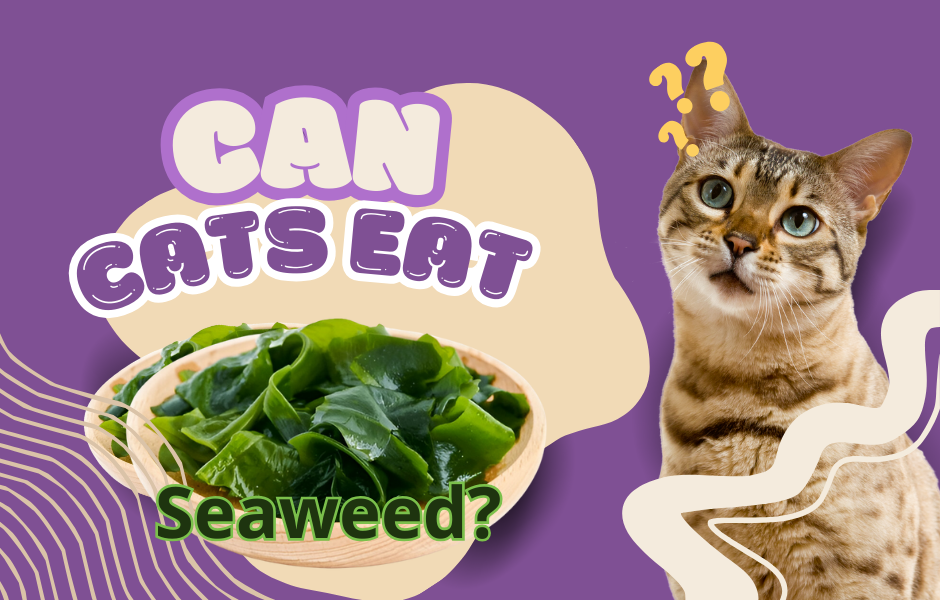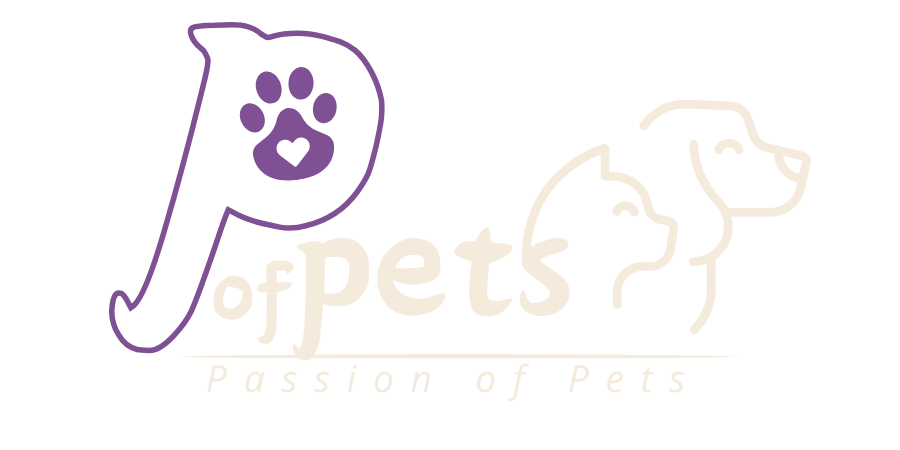Can Dogs Eat Collard Greens?
Understanding Collard Greens: Nutritional Benefits and Potential Risks
Collard greens are a staple in many human diets, praised for their rich nutritional profile and versatility. Packed with essential vitamins and minerals, they’ve earned a reputation as a superfood for people. But what about dogs? Can these leafy greens be a healthy addition to your pet’s diet? The answer is yes—with some caveats. Before introducing collard greens to your dog’s meals, it’s essential to understand their benefits, potential risks, and proper preparation methods.
Nutritional Benefits of Collard Greens
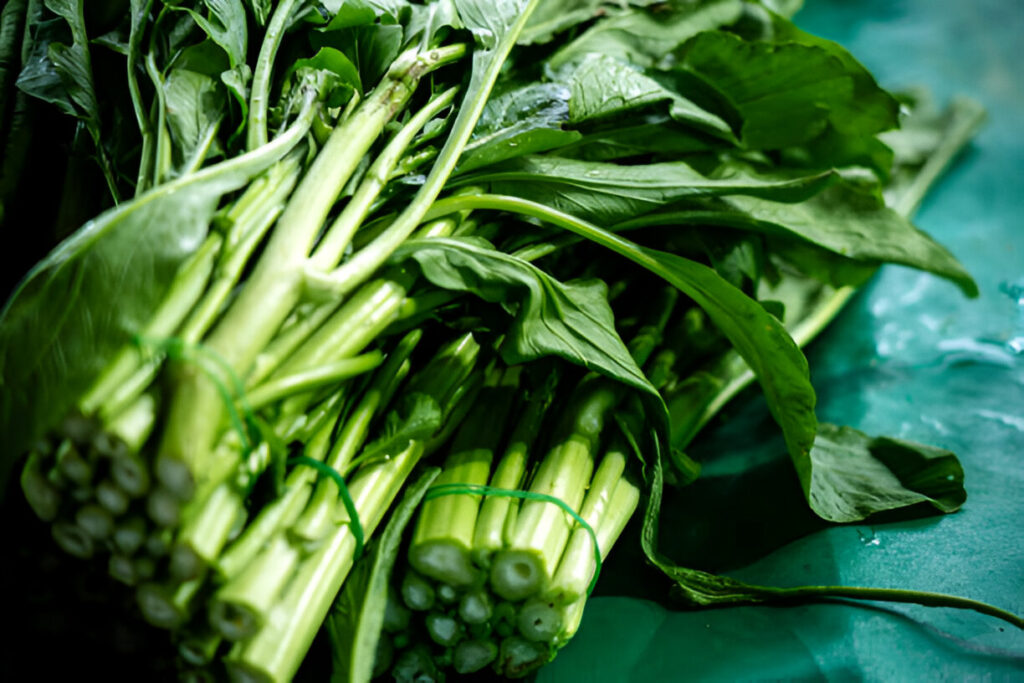
Collard greens are packed with vitamins and minerals necessary for overall health and well-being. Some of these include the following:
Vitamin K : This is a very important vitamin that helps in blood clotting and thus aids in healing injuries and preventing hemorrhage. It also contributes to bone metabolism and helps maintain healthy, strong bones.
Vitamin A: Although highly recognized for its function in good vision, vitamin A also supports the body through immunity by enabling it to fight better against infections. It also helps maintain healthy skin and mucous membranes.
Vitamin C: This is a strong antioxidant that contributes to tissue repair, enhancing immune health and promoting healthy skin. Vitamin C also helps in absorbing iron, which is very important for carrying oxygen in the blood.
Collard greens also provide:
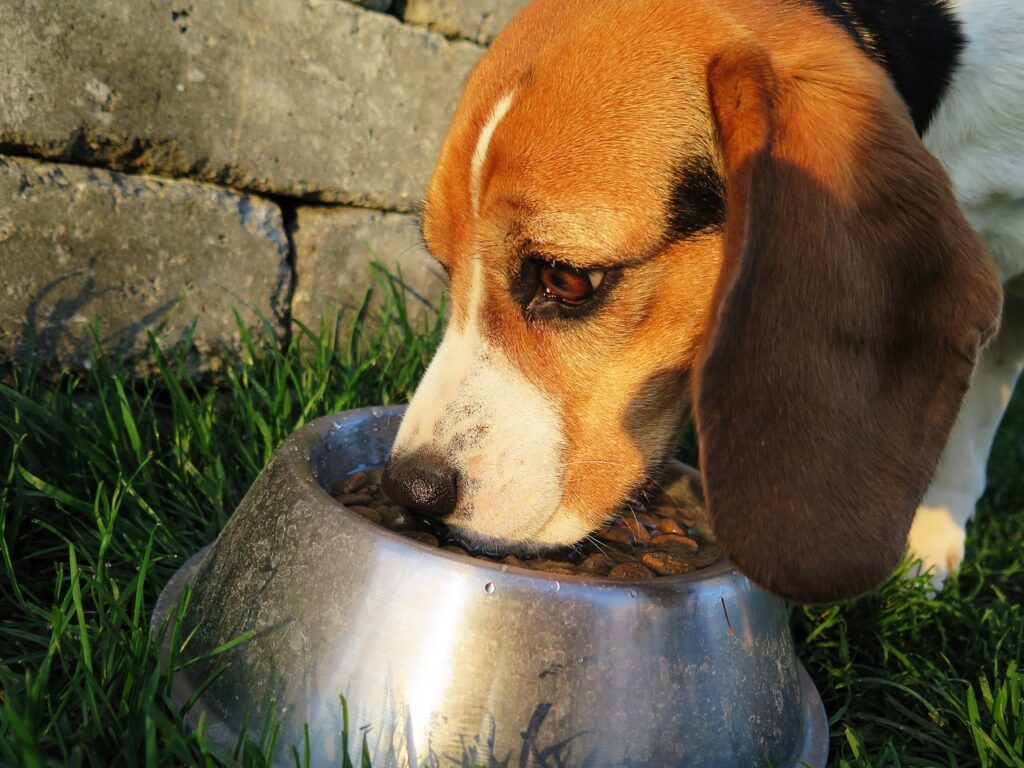
Image by Ludwig Willimann
Calcium: It is an essential element for developing and maintaining healthy bones and teeth. Calcium plays an essential role in the functioning of the muscles, nerves, and in hormone secretion.
Fiber: Dietary fiber has a significant contribution to healthy digestion. It helps to prevent constipation by promoting regular bowel movements and gives a feeling of fullness that may help reduce weight.
Antioxidants: These compounds help neutralize free radicals, reducing oxidative stress and inflammation in the body. Antioxidants can lower the risk of chronic diseases and improve overall cellular health.
Besides, collard greens contain trace amounts of magnesium, potassium, and iron, which are essential for various bodily functions, including maintaining heart health, regulating blood pressure, and supporting energy production.
Potential Risks of Collard Greens for Dogs
Even though collard greens have health benefits, they are a risk when not served properly. These are:
Raw Collards: Have compounds that might irritate a dog’s digestive system.
Oxalates: These can increase the risk for kidney or bladder stones in some dogs if taken in large amounts.
Allergic Reactions: Although this is not common, it is always wise to watch your dog for any adverse reaction whenever introducing new foods into his diet.
How to Safely Prepare Collard Greens for Your Dog
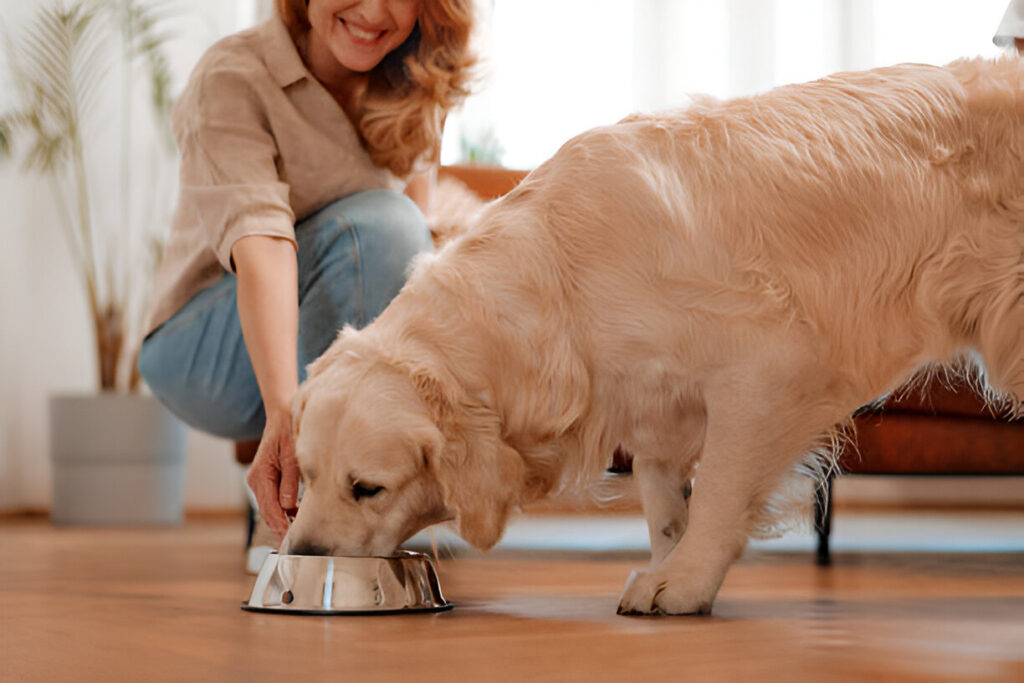
Proper preparation is crucial to ensure that collard greens are safe and beneficial for your dog. Here’s how to do it:
Cooking Methods
Steam or Boil: Cooking collard greens helps reduce their oxalate content and makes them easier for dogs to digest. Steaming is often preferred as it retains more nutrients compared to boiling. If boiling, use a minimal amount of water and avoid overcooking to preserve their nutritional value.
Easy-to-Digest Puree: After steaming or boiling, you can puree them further to make them really easy for your canine friend to eat and digest. This might be the case with small breeds or dogs that have dental problems.
Don’t Spice: Never add salt, garlic, onions, butter, or other foods that may be toxic to your dog. Plain, cooked greens are fine.
Serving Size Guide
Introduce Gradually: Start with one to two tablespoons for small dogs and up to half a cup for larger breeds. Gradual introduction helps avoid digestive upset.
Watch for Reactions: Observe your dog closely after adding collard greens to their diet. Monitor them for any gastrointestinal discomfort such as diarrhea, vomiting, or lethargy. If adverse reactions occur, feeding should be stopped.
Consider your dog’s size and diet: adjust the portion size according to the size of the dog, the activity level, and the current diet. It should supplement their meals, not replace them.
Dog-Friendly Recipes
Collard Greens and Rice:
- Ingredients: Steamed collard greens, plain brown rice.
- Instructions: Finely chop cooked greens and mix with cooked brown rice. A small amount of plain, cooked chicken or turkey can also be added for extra protein.
Vegetable Medley:
- Ingredients: Steamed collard greens, carrots, green beans.
- Instructions: Cook all vegetables until tender, then chop or puree. This can be used as a meal topper or given as a treat on its own.
Collard Green Dog Treats:
- Ingredients: Steamed collard greens, oat flour, and a small amount of unsweetened applesauce.
- Instructions: Blend the greens and applesauce, then mix with oat flour to form a dough. Roll into small shapes and bake at 350°F (175°C) for 20 minutes or until firm.
The Health Benefits of Collard Greens for Dogs

Incorporating collard greens into your dog’s diet can provide several health benefits:
Improving Digestion
The fiber in collard greens helps regulate bowel movements and supports gut health. This can be especially beneficial for dogs prone to constipation or irregular digestion.
Boosting the Immune System
Rich in vitamins and antioxidants, collard greens can strengthen your dog’s immune system, making them more resilient to illnesses.
Promoting Bone Health
The calcium and vitamin K in collard greens contribute to healthy bones and joints, particularly important for aging dogs or breeds prone to skeletal issues.
Potential Risks and Concerns When Feeding Dogs Collard Greens
While collard greens offer numerous benefits, there are some potential risks to consider:
Digestive Issues
Raw or improperly cooked collard greens can cause stomach upset, including bloating or diarrhea. Always cook them thoroughly before serving.
Kidney and Bladder Stones
The oxalates in collard greens can accumulate and lead to stone formation in dogs susceptible to these conditions. Feed collard greens in moderation, especially if your dog has a history of urinary issues.
Allergic Reactions
Though rare, some dogs may have an allergy to collard greens. Signs include itching, swelling, vomiting, or diarrhea. If you notice any of these symptoms, discontinue feeding and consult your veterinarian.
Alternative Leafy Green Vegetables Safe for Dogs to Eat
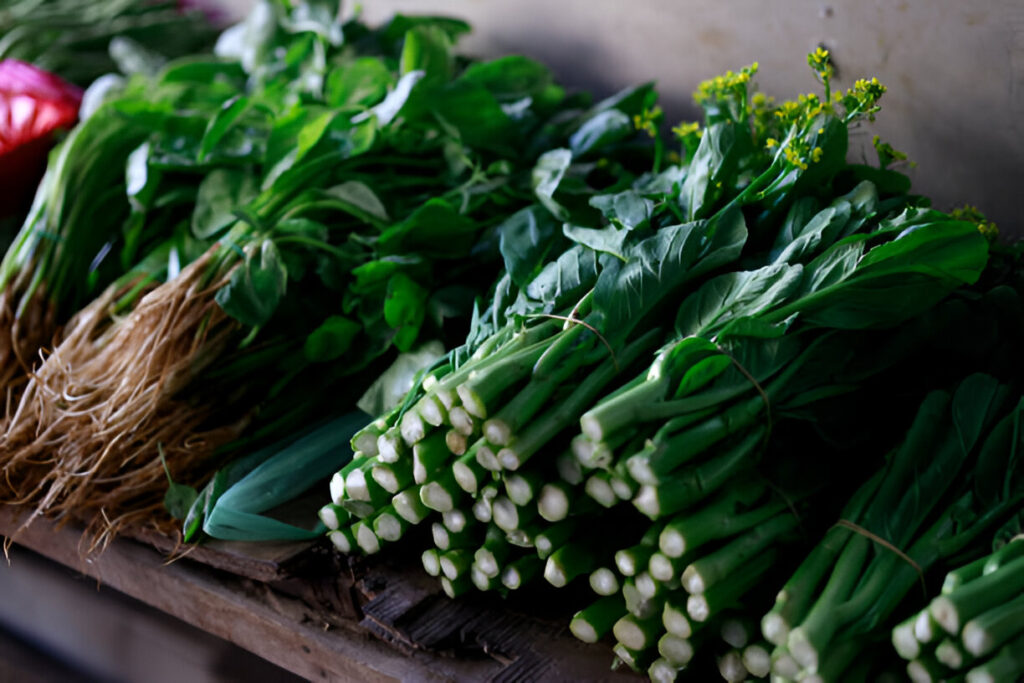
Here’s an explanation of the above-mentioned leafy green vegetables which are not toxic for dogs:
Kale
Nutritional Benefits: Kale is extremely rich in vitamins, especially A, C, and K, and in minerals like calcium and potassium. It’s also low in calories, hence makes for a decent, weight-neutral snack.
- Risks: Kale contains oxalates that, in large amounts, can lead to kidney or bladder stones; it also contains isothiocyanates, substances that can cause mild gastric irritation in some dogs.
- Feeding Tips: Always serve cooked kale, and in moderation. Cooking reduces the oxalate content, making it safer for dogs.
Spinach
- Nutritional Value: Spinach is a good source of iron, folic acid, and vitamins A, B, C, and K. It also has antioxidants that contribute to overall health.
- Hazards: Excessive oxalate in spinach interferes with the absorption of calcium and can, over time, lead to kidney problems.
- Feeding Guidelines: Give small portions occasionally. Steaming slightly can reduce the oxalates while retaining the nutrients.
Green Beans
- Nutritional Benefits: Low-calorie, high-fiber vegetable rich in vitamins A, C, and K, plus manganese.
- Risks: Generally safe but raw green beans can sometimes be tough for dogs to chew or digest.
- Feeding Tips: Green beans can be served raw, steamed, or boiled. Avoid adding salt, oils, or seasoning.
Broccoli
- Nutritional Benefits: Broccoli contains vitamins C and K, as well as fiber, which supports digestive health.
- Risks: The florets contain isothiocyanates, which may cause mild gastric irritation in some dogs if consumed in large amounts. Too much broccoli can lead to gas or upset stomach.
- Feeding Tips: Small, cooked portions will help prevent digestive upset. Steaming or boiling may make it easier for dogs to digest.
General Leafy Greens Feeding Tips for Dogs:
- Always introduce new vegetables into the diet in small amounts and slowly to monitor for adverse reactions.
- Do not add salt, butter, or other seasonings.
- Thoroughly wash all vegetables to remove any pesticides or contaminants.
- Consult your vet before making radical changes in your dog’s diet, especially if they have health conditions.
Conclusion:
Evaluating Collard Greens for Your Dog’s Diet
Collard greens can be a very healthy addition to your dog’s diet if they are prepared properly and given in moderation. Rich in vitamins and minerals, collard greens will provide your dog with many health benefits, from healthy digestion to an immune system. However, some risks are linked with the greens, including the upset of the digestion and problems that may be connected with oxalates.
Always consult your veterinarian before introducing collard greens or any other new food into your dog’s diet, to make sure it is appropriate for your pet’s specific health needs. With proper preparation and portion control, collard greens can be a healthy, occasional treat for your furry friend.
Yuns Legdm is a passionate advocate for pet care and the founder of this website, dedicated to providing valuable information for fellow pet lovers and veterinary professionals worldwide. With a deep love for animals, Yuns created this platform to connect passionate pet owners with expert insights from veterinarians around the globe.
This website grows with you—the passionate pet owners and veterinary experts—creating a trusted space where knowledge, experience, and love for animals come together. Whether you’re seeking advice on pet health, nutrition, or general well-being, this platform is here to support you on your journey of responsible and loving pet care.


